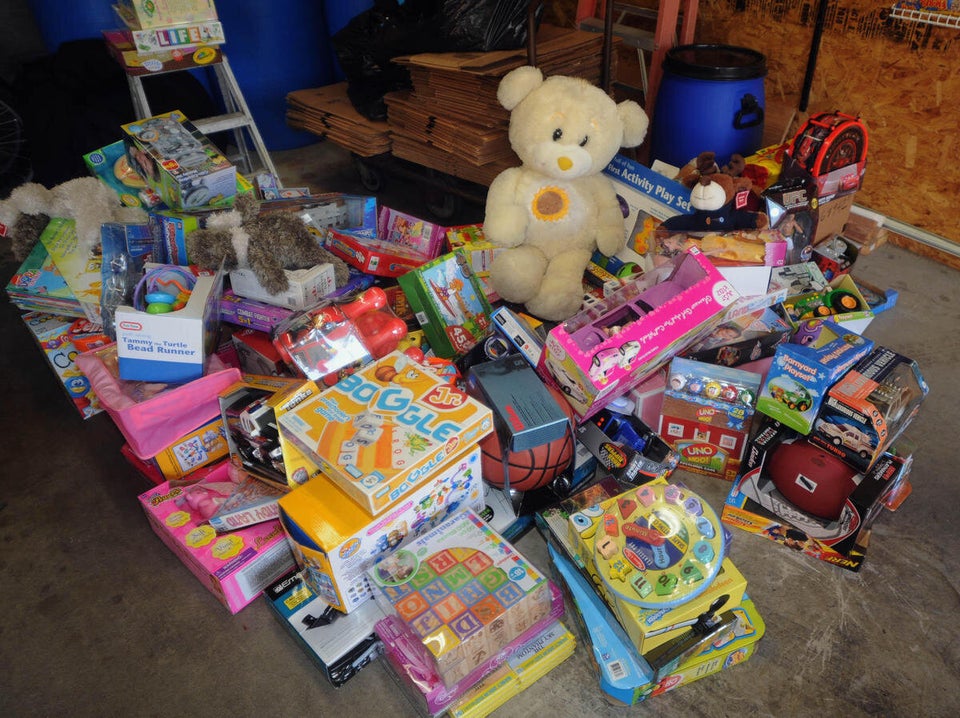
Is empathy contagious? Turns out it is.
That may be hard to believe. Especially at this time of year, when frantic shoppers cut lines to snag deals and even the good folk at the Salvation Army fall prey to thieving employees.
But, in fact, empathy is part of our anatomy. It's just that, like a muscle, it needs to be flexed. Scientists have already identified "mirror neurons" -- soft-wiring that compels us to feel what others are feeling. When someone else yawns, we yawn. When another suffers, we suffer, too.
But now, neuro-researchers have discovered a second empathy highway. Working with the mirror neuron system, the temporal parietal junction (TPJ) system analyzes what we are feeling (rage at the driver who steals the last spot in the overcrowded parking lot) and asks: how can I fix this? (I'm thinking serene smile, not one-fingered salute.) The TPJ is sort of like a motor fueling the mirror system. (Not surprisingly, women rely more on the mirror neuron system while men frequent the TPJ corridor.)
Long before technology allowed scientists a close look at the inner workings of the brain, though, Austrian psychological theorist Alfred Adler wrote about gemeinschaftsgefuhl, or, social interest. In the early 19th century, Adler blew the lid off Freud's egocentric model of human nature by suggesting that we all have the innate ability to feel for others. Furthermore, he argued, contributing to the common good is an imperative that differentiates the healthy from the unhealthy, the functional from the dysfunctional. But (and this is a crucial "but") this ability, he said, must be nurtured.
What this means is that we are wired for compassion, for caring, for connection.
What this doesn't mean is that this connection comes easily. Sure, the circuitry is in place, but we need to be trained how to use it. And there's no better time than the present.
As children scratch out long holiday wish lists, parents have an unparalleled opportunity for empathy training. This time of year provides tremendous teaching moments. Here are a few:
•For every item your child wishes to receive, encourage them to come up with an item they wish to give. These gifts don't have to be bought, they can also be made or granted. Get creative. If Luke asks for a Slurpee Maker, ask him what he'd like to make for Grandma. When "longboard" gets added to Liam's list, encourage him to come up with ideas for his little bro.
•Model the kind of empathy you want your child to emulate. Let them see you drop off the unused toy at the neighbourhood toy drive. They can also witness you setting aside food for the food drive. Better yet, involve them. Let them pick the toy, or drop off the food. My kids were so appalled by the recent thefts at the Salvation Army toy depot that they emptied their pockets for the Salvation Army canvasser outside the grocery store.
•Remember, labour is love. Adults don't just give money, they give time and effort; we don't just open our wallets, we open our homes. And it feels good. Through their contribution, kids can share in the intoxicating buzz of community feeling. Parenting luminary Rudolf Dreikurs once said that every time we do for a child what he is capable of doing for himself, we are robbing the child of an opportunity to feel competent. I would add that we are robbing him of a chance to enjoy empathy-building. Let your toddler hand out the Christmas crackers, let your pre-teen haul out Grandma's footstool. Find opportunities for your children to give of themselves.
Political advisor, author and social sage Jeremy Rifkin summarized empathy cultivation most aptly when he said: To empathize is to civilize and to civilize is to empathize.
